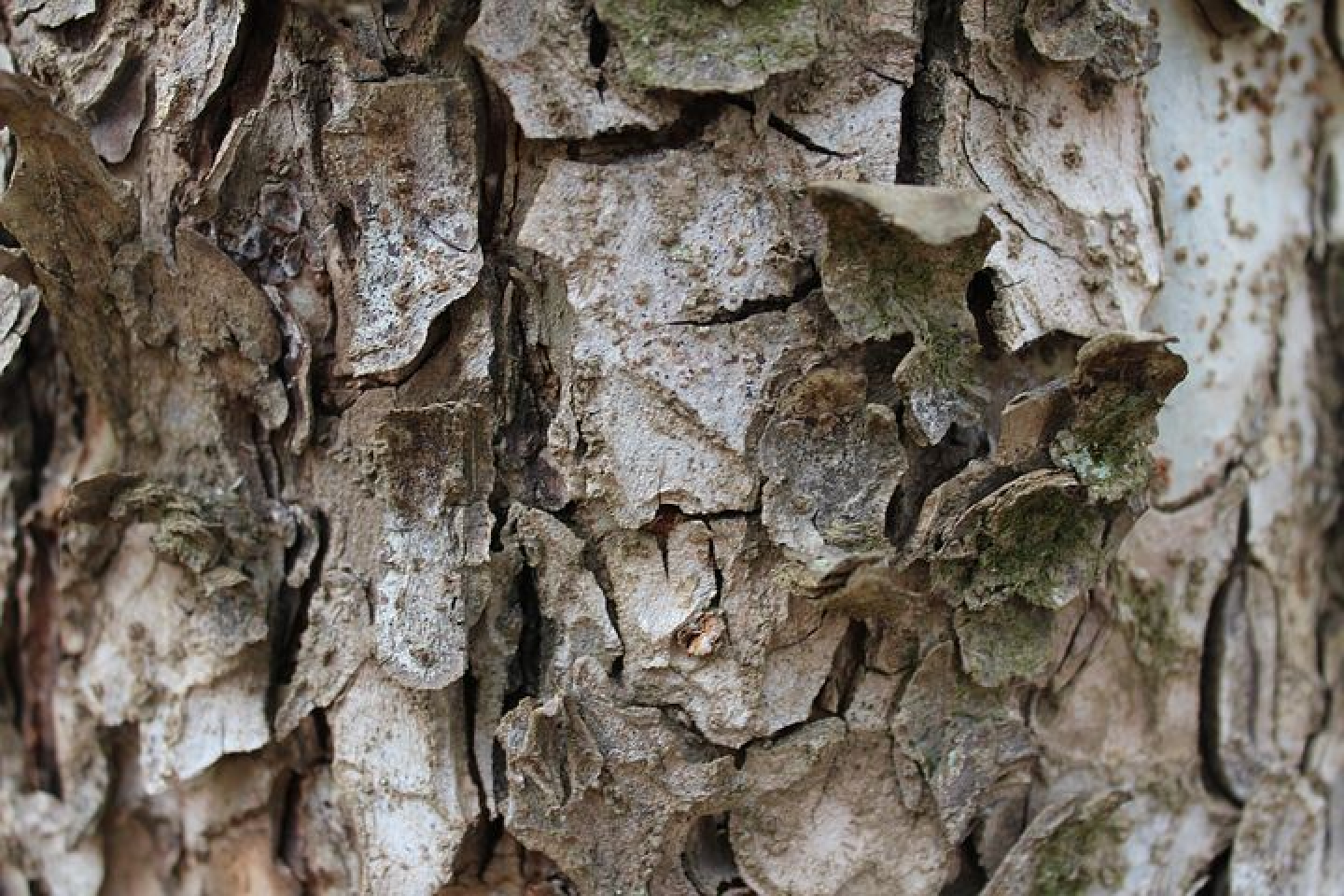Флавоноид пикногенол: полезные свойства

cgon.rospotrebnadzor.ru
Pycnogenol is a substance derived from pine bark. Studies have shown that pycnogenol has health benefits.
Pycnogenol can help to strengthen the cardiovascular system, protect the nervous system and eliminate pain.
Pine is one of the most common plants in the world. Pine has been used in various areas of human life throughout history. For example, pines are used to combat soil erosion, as some pine species grow quite fast, making it effective for strengthening steep slopes.
The bark of pine trees can benefit your health. Pycnogenol is a natural substance derived from the bark of the seaside pine tree, originating from the western Mediterranean. Pycnogenol belongs to the largest class of plant polyphenols, the flavonoids. Flavonoids are phytonutrients, plant pigments found in large quantities in fruits and vegetables. Flavonoids are powerful antioxidants that can have health benefits.
Pycnogenol can be obtained from different species of pine trees, such as Pinus radiata, Pinus densiflora and Pinus thunbergii. Pycnogenol is of interest to many scientists as it affects various biological functions in the body.
Studies have shown that the use of pycnogenol can help reduce glucose levels in people with type 2 diabetes.
Also, because of its antioxidant properties, pycnogenol may have beneficial effects on the cardiovascular system by reducing oxidative stress and improving vascular endothelial function.
Pycnogenol can improve the respiratory system by influencing serum leukotrienes levels.
One study found that the addition of pycnogenol can have beneficial effects in viral myocraditis in mice by suppressing viral replication and the expression of pro-inflammatory cytokines.
Pycnogenol can reduce menstrual pain. Pycnogenol can have a beneficial effect on lipid levels by reducing the level of low density lipoproteins in the blood.
Pycnogenol may help maintain skin elasticity (when used as a cream).
In a study on mice, the use of pycnogenol demonstrated neuroprotective effects. Researchers noted that pycnogenol can be used in neurodegenerative diseases due to its
antioxidant properties that reduce oxidative stress and inflammation.
There are few adverse effects when using pycnogenol.
Pycnogenol is generally well tolerated by most people. However, some people may experience digestive problems, headaches, mouth ulcers and dizziness. If side effects occur, you should stop using the supplements immediately and consult a doctor. People with autoimmune diseases should not use pycnogenol supplements, as pycnogenol may stimulate the immune system. The use of pycnogenol should also be avoided after surgical interventions, as it can slow down blood clotting.
There is currently insufficient data on the safety of pycnogenol supplements in pregnant and lactating women, so it is better not to use it during these periods.
Before starting to use pycnogenol supplements, a doctor should be consulted.
automatic translation
www.deepl.com




